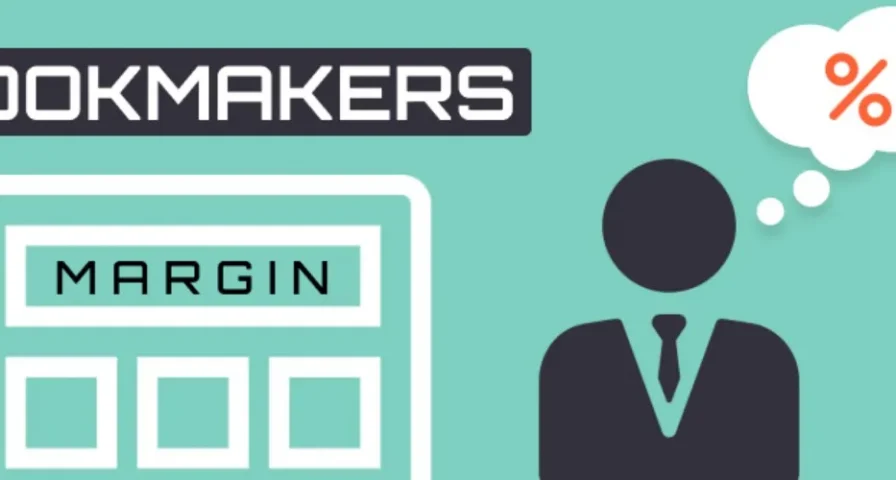Understanding bookmaker lines is an essential skill for anyone who wants to make informed betting decisions. The odds, spreads, and margins set by bookmakers are not just numbers – they reflect probabilities, market trends, and even psychological tactics used by sportsbooks to influence bettors. In this article, we will explore how bookmaker lines are structured, key factors that affect them, and strategies for interpreting these lines effectively. By the end of this guide, you will have a deeper understanding of what to look for when analyzing betting lines.
How Bookmaker Lines Are Created
Bookmakers set their lines based on a combination of statistical analysis, expert insights, and betting market behavior. The initial odds are determined using advanced mathematical models that consider historical data, team performance, and various situational factors. However, these odds do not remain static. They shift as betting volume changes, often reflecting the public’s sentiment rather than the actual probabilities of an outcome.
Key Components of Bookmaker Lines
- Opening Line: The initial odds set by bookmakers before any bets are placed.
- Closing Line: The final odds available before the event begins.
- Money Line: A straightforward bet on which team or player will win outright.
- Point Spread: A margin set by the bookmaker to level the playing field between stronger and weaker teams.
- Over/Under (Totals): Betting on whether the combined score of both teams will be above or below a specified number.
- Vigorish (Juice): The built-in commission that ensures the bookmaker profits regardless of the outcome.
Understanding these components helps bettors interpret shifts in the odds and recognize potential value bets.
Factors Influencing Line Movements
Bookmaker lines do not stay the same from opening to closing. Several factors influence these movements, and recognizing them can give bettors a competitive edge.
Betting Volume and Market Influence
One of the primary reasons for line movement is the betting volume on each side of a wager. If an overwhelming number of bets are placed on one side, sportsbooks may adjust the odds to encourage action on the other side. This strategy helps balance their liability and minimizes the risk of significant losses.
Injuries and Player Availability
Player injuries or last-minute lineup changes can have a significant impact on bookmaker lines. A key player missing from a team can shift the odds dramatically, sometimes by several points. This is why it is crucial to stay updated on team news before placing bets.
Weather Conditions
For outdoor sports such as football or baseball, weather conditions can greatly influence betting lines. Rain, wind, or extreme temperatures can impact scoring and overall game dynamics, leading to adjustments in totals and spreads.
Sharp Bettor Activity
Professional bettors, often referred to as “sharps,” have a keen eye for spotting value bets. When bookmakers notice heavy betting activity from these experienced bettors, they often react by adjusting the lines to protect their margins.
Public Betting Trends
Recreational bettors, known as the “public,” tend to favor popular teams and high-scoring games. Bookmakers anticipate this behavior and may shade lines slightly to exploit these tendencies. Recognizing when the public is heavily backing one side can help identify opportunities to bet against the trend.
Strategies for Analyzing Betting Lines
To successfully work with bookmaker lines, bettors must go beyond surface-level observations. Here are some key strategies to improve your betting decisions.
Line Shopping
Different sportsbooks may offer slightly different odds for the same event. Comparing lines across multiple bookmakers can help bettors find the best possible value and maximize their potential winnings.
Understanding Key Numbers
In sports like football and basketball, certain point differentials (e.g., 3 and 7 in football) occur more frequently than others. Being aware of these key numbers allows bettors to gauge the significance of line movements and determine whether a bet still offers value.
Recognizing Reverse Line Movement
Reverse line movement occurs when the betting line shifts against the majority of public bets. This often indicates sharp bettor action, suggesting that professional bettors have identified value in the opposite direction of public sentiment.
Monitoring Early vs. Late Line Movement
- Early Line Movement: Indicates where initial sharp money is going and provides insights into expected performance.
- Late Line Movement: Often reflects last-minute public betting, which can sometimes create opportunities for contrarian betting strategies.
Evaluating Closing Line Value (CLV)
A strong indicator of betting success is whether your bets consistently beat the closing line. If you consistently secure better odds than the closing line, it suggests that your analysis is strong and you are making profitable long-term decisions.
Comparative Analysis of Line Movements
The table below provides a snapshot of how different factors influence bookmaker line adjustments.
| Factor | Impact on Line Movement | How to React as a Bettor |
|---|---|---|
| Heavy Public Betting | Line shifts to counteract betting bias | Consider betting against the public |
| Sharp Money | Indicates a well-researched bet | Pay attention to professional movements |
| Player Injuries | Causes odds to shift based on impact | Stay updated on team news |
| Weather Conditions | Affects scoring and totals | Adjust bets based on expected impact |
| Market Overreaction | Lines may adjust too drastically | Look for value in exaggerated moves |
Conclusion
Working with bookmaker lines requires a deep understanding of how odds are set, why they move, and how to interpret those movements effectively. By keeping track of betting volume, player news, and market trends, bettors can gain a strategic edge. Success in sports betting is not about guessing but about making informed decisions based on data and analysis. Mastering these principles will help you identify value bets and improve your overall betting performance.

